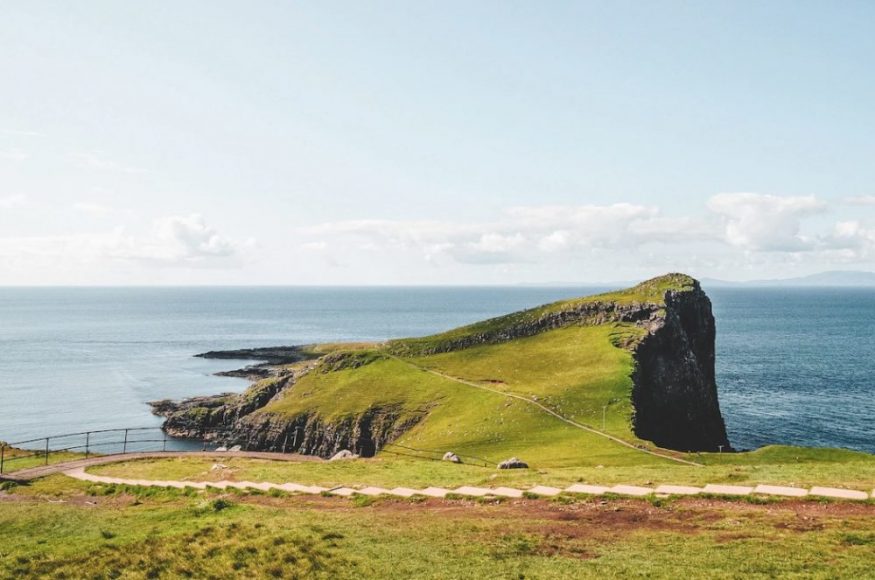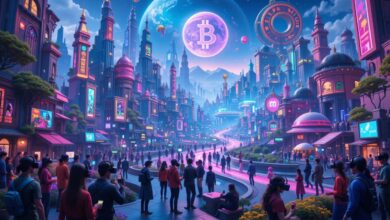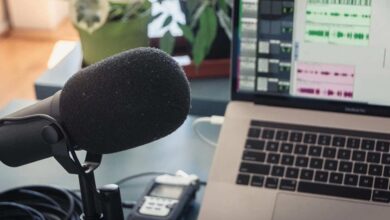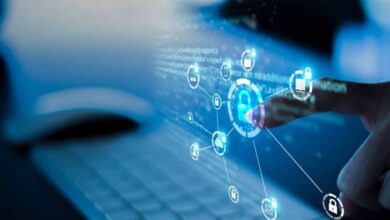RAW format is becoming more and more popular by the day. Some experts argue that it is much better suited for further post-processing. However, many photographers don’t understand the reason for this.
Today, we will dive headfirst into this question and try to find the answer. We will also try to understand if JPEG is a thing of the past.
No matter what format you choose, you need the best simple photo editing software. Unfortunately, it is not so easy to choose it: some photo editors are overloaded with unnecessary functions, and others will be inconvenient because of their interface.
You can find an interesting and useful article about simple photo editing on Skylum’s blog. There you will find the best photo editors that will be useful for newbies and pros alike.
So, let’s get started!
What Is the Vital Difference Between the Formats?
Well, to get a good understanding of the issue, it’s worth starting with definitions.
- A RAW file encompasses all the data captured by your camera’s sensor while taking a shot, without any compression or in-camera adjustments.
- A JPEG file is a compressed file format generated by your camera that does not include all the data captured by the sensor during exposure. The camera applies selective discarding of certain information before compressing the image.
It turns out that RAW does provide a much wider range of editing possibilities. You can easily change such parameters:
- Very often pictures are underexposed or overexposed. If you shoot in RAW, you can forget about this problem, because with simple photo editing, you can quickly achieve the desired result.
- White balance. A very important parameter affects all colors in the picture. For JPEG files, it is very important to set it correctly at the stage of shooting, otherwise, even special simple photo editing software will not help you. If you choose RAW, then you will not have to think too much about it.
- Sharpness and clarity. There is no way to achieve such high levels when shooting in JPEG.
When it comes to choosing between RAW and JPEG file formats, it’s essential to understand that there is no one-size-fits-all solution. While first is often touted as the superior format due to its flexibility and ability to retain all the data captured during exposure, it doesn’t mean that you should always choose it over second.
Which Format Should I Choose?
It will all depend on the situation and conditions. Let’s see when you would be better off shooting in RAW:
- Journalistic shooting. If you’re shooting in fast-moving situations where lighting, scenes, backgrounds, and subjects are constantly changing, such as in journalistic, wedding, or event photography, shooting in RAW is highly recommended. In these scenarios, it’s difficult to get the perfect exposure every time, especially if you’re capturing spontaneous and unpredictable moments like tears, smiles, or laughter. This format provides you with the flexibility to quickly capture shots while retaining enough information to correct any exposure issues during post-processing.
- If you need additional range and tonal detail. When shooting landscapes, nature, or any scene with a high dynamic range, it’s best to shoot in RAW to have greater post-production flexibility. It provides you with more data to work with, allowing you to make more nuanced adjustments in post-processing. Specifically, such files enable you to selectively darken (burn) the highlights while raising (dodging) the shadows, resulting in a more balanced and well-toned image.
- If you want to do in-depth post-processing after the shooting. We have already found out that RAW provides a lot of editing possibilities, so in this case, it will be optimal.
Read Also: Earn Money Online with Photography Tips & Equipment
Let’s now move on to JPEG. This format is great in the following cases:
- Shooting for web or lower quality uses. In many cases, when shooting images for the web, the need for a perfect image is often unnecessary. Instead, it’s more important to understand your audience and tailor your approach accordingly. In situations where post-production flexibility is not essential, shooting in JPEG format can save time and produce satisfactory results. However, it’s crucial to set the exposure and temperature correctly during the shooting process to ensure that the images are well-exposed and color-balanced.
- Restricted space. While storage costs are relatively low, it shouldn’t be a deciding factor when choosing between shooting in JPEG or RAW. However, certain situations may arise where shooting in JPEG becomes necessary. For instance, when traveling, you may find yourself in a scenario where you only have a limited amount of storage available, such as a 4GB card, and you’re going to be out on an 8-hour excursion without access to additional storage. In such cases, it may be practical to switch to JPEG to conserve storage space.
- Rapid succession burst shooting. When shooting live-action sports and capturing burst sequences in rapid succession, shooting in RAW can quickly fill up your camera’s buffer. As a result, your camera may pause to process the buffered images, preventing you from continuing to shoot until the images have been transferred from the buffer to your memory card. This can be a significant limitation when trying to capture fast-moving action. In contrast, shooting in JPEG allows you to capture more shots before filling up the buffer, enabling you to continue shooting without interruptions.
To Sum Up
So, the choice will depend on the conditions under which the photo shoot will take place. In any case, you should try shooting in both formats to get a feel for the difference between them.









